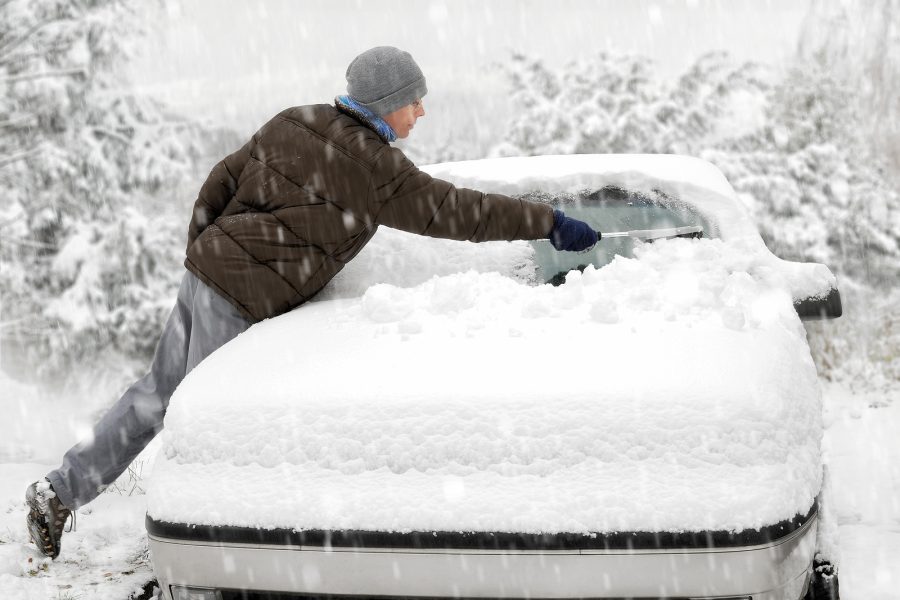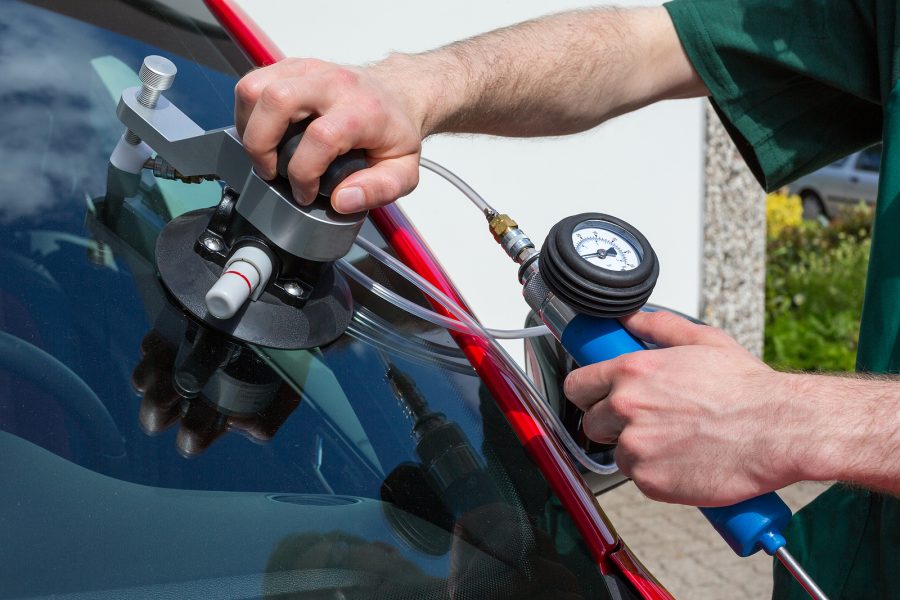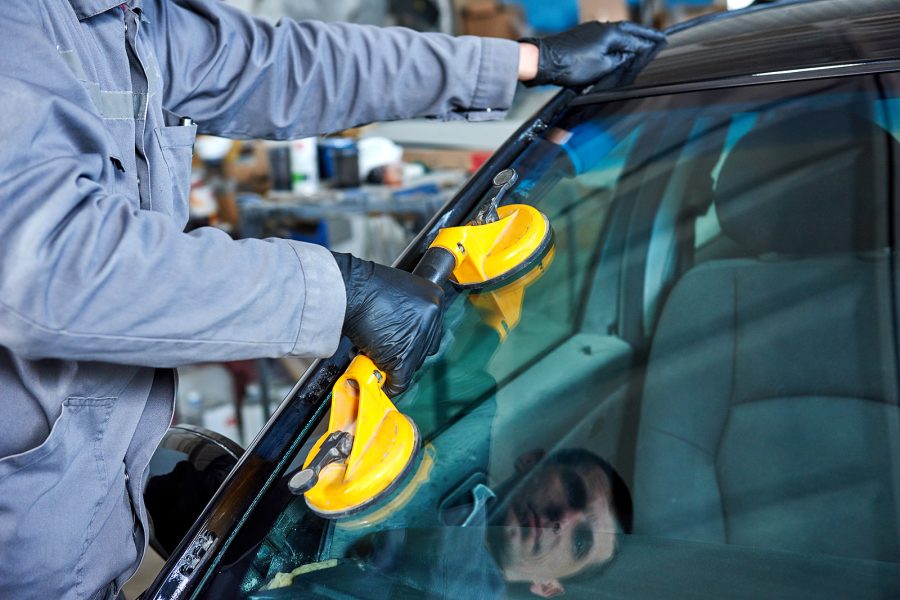Besides the effects of sudden impacts, there are several reasons why a car owner may need to seek out car glass repair services, with one of the biggest culprits in winter being the ice and snow.
Most people who have made a morning commute will have at one point endured the frustration of dealing with a frozen windscreen, and the common and significantly ill-advised tactic of pouring boiling water on the windscreen can turn the ice into a series of large cracks.
There are several solutions, from protective windscreen mats, de-icing sprays and simply using a scraper, but some car owners have had a much more sophisticated option.
Heated windows, sometimes known as Quickclear windows, use a tiny mesh of wires to rapidly heat a windscreen, removing fog, ice and mist and ensuring optimal visibility in all conditions.
However, whilst the feature is available in many cars around the world, its story is far from straightforward, and its country of origin is one of the few places where it is not widely available.
Whilst earlier luxury cars featured heated windows, the first attempt to popularise the system and make it a hit with mainstream drivers was Ford’s Instaclear technology in the mid-1980s.
It debuted with Ford Europe’s 1985 Granada Mk III (known as the Scorpio elsewhere in Europe) as an optional extra known as Quickclear, as well as the 1986 models of both the Ford Taurus and the Mercury Sable in the United States.
By embedding the thin heating wires between the two layers of glass, heating the windows was exceptionally quick, but this came at the cost of an immense power drain, meaning that it would only be used whilst the engine was running for a maximum of ten minutes, affecting other accessories mounted onto it in the process.
It remains a popular optional extra in most parts of the world but was surprisingly unsuccessful in the United States due to its high cost, effects on fuel consumption and the initial unreliability of the heating elements.









